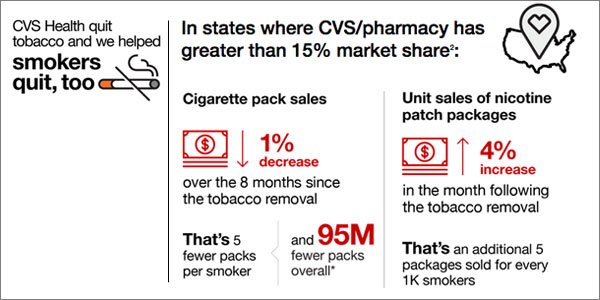The 5 principles of a healthy brand
If you want to get notified of new posts, click HERE
The purpose of a brand is to achieve the highest perceived value possible and a healthy brand is able to sustain this kind of performance amidst external forces. In this blog post, I’ll share the five principles of healthy brands, after helping build brands in healthcare for almost a decade.
A healthy brand may or may not be in the health & wellbeing industry, but the health & wellbeing of a brand is key to be continuously high performing.
Principle 1: Stability
Everything begins with a strong foundation of the brand. From positioning to personality and purpose, the core of the brand needs to be an unwavering north star so decisions can be made consistently in service of building brand equity. The market and the competition is going to fluctuate and change, but without a stable core, your brand is going to go where the wind blows–average, bland, uninspiring… Consider iconic brands you know (the Nikes of the world), they are unwavering, and because they lean into a human truth, they are timeless.
Principle 2: Congruency
Brands are like people. If you are incongruent where your actions don’t match your desires, you feel uneasy, your gut tells you something is off, you are unhappy. Brands are the same way. If its actions don’t match its promise, if its expression doesn’t match its personality, your audience and your customers can sniff it out immediately. Congruency is also where a brands memorability and power comes from. Patagonia is congruent–from its backstory to how it communicates, to its CSR programs, it seeks to match its outside with its inside as much as possible, as often as it can.
Principle 3: Tenacity
For a brand to be healthy, it needs to be comfortable with being uncomfortable. Why? Because standing apart from the competition means you need to zag when others zig. It’s uncomfortable to stand out from the crowd. And if god forbid you need to do something different in order to stay relevant with the prevailing culture, that’s really painful. But no brands can be loved if it doesn’t do something true to their purpose even if it’s uncomfortable, even if it means sticking to your guns. When CVS renamed to CVS Health in 2014, they pulled tobacco products from their shelves, the investor and business community called it suicide, immediately losing billions of dollars in revenue. It was uncomfortable, but guess what? It was on brand and it delivered real impact.
Image from: https://causemarketing.com/case-study/cvs-health-last-pack-case-study/
Principle 4: Adaptability
In order for the brand to stay relevant, it needs to be constantly listening and adapting. The why remains constant, but the how can change. When a brand is so full of itself, drinking its own “Kool-aid” and blaming its customers for not doing what they are “supposed to do”, it’s in trouble, the ego of the brand is taking over. Much like people, when ego drives decisions, disaster awaits. Brands like Toys’R’Us, Blackberry, Kodak… the list goes on where the lack of adaptability dooms the brand. When you are not willing to change with your customers, you will be left behind. It’s that simple.
Principle 5: Grow-ability
Ok, I made this word up, but it doesn’t mean it’s any less important! A healthy brand is constantly seeking improvement, serving more people and serving them better. Tony Robbins says it best “If you are not growing, you are dying” and this applies to brands so well. Even if a brand seeks to maintain its brand equity, it has to grow, because nothing around it stays the same.
Conclusion
By putting together the right people and leaders, the right processes and governance, the right technologies and competencies, these five principles can be used to build a healthy brand that will drive peak performance even in the worst of times.
Ways I can help you
Download free guides (Healthy Brand Blueprint & Branding 101) to help you build healthy brands
Work with me as a fractional CMO/CBO or through Healthy Brand Consulting (Schedule a 15 min intro call)


